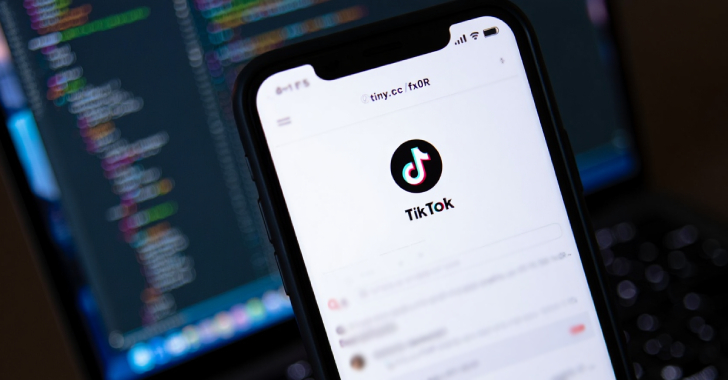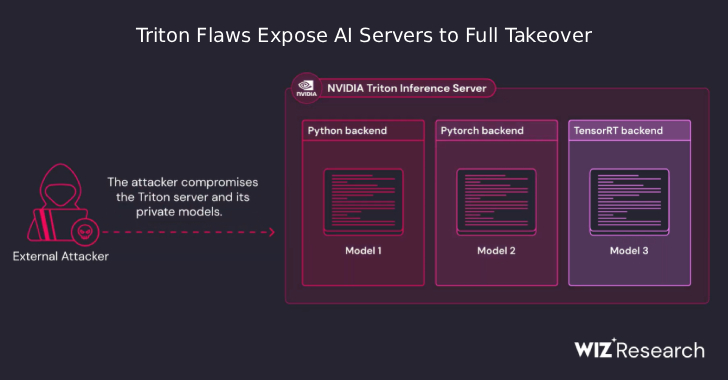Cyber Attack Shakes Trump-Musk Interview
What DDoS Attacks Are, How They Work, and How to Defend Against Them
When a cyber onslaught crippled the Trump-Musk interview on X, it exposed the terrifying reality that no business is safe from a DDoS attack.
What Happened During the Interview?
The much-anticipated interview between Elon Musk and Donald Trump on X was unexpectedly interrupted by a cyberattack that left millions of users unable to tune in live. The interview was delayed by over 30 minutes, with users reporting error messages and inaccessible links.
Musk quickly pointed the finger at a “massive DDOS attack,” a sophisticated cyber assault designed to overwhelm servers with an avalanche of fake traffic, rendering the service temporarily unusable.
This incident, which was meant to be a significant moment in Trump’s presidential campaign, was instead marred by technical difficulties. Musk later acknowledged the attack on X, emphasizing the severity of the situation and hinting at potential political motivations behind the disruption.
While the event eventually resumed, the damage had been done, highlighting the vulnerability of even the most high-profile platforms to such attacks.
What is a DDoS Attack?
A Distributed Denial of Service (DDoS) attack is a form of cyber assault that targets a server or network by flooding it with excessive traffic from multiple sources. This traffic, generated by a network of compromised devices known as a botnet, overwhelms the server’s capacity, leading to slowdowns or complete outages.
Essentially, a DDoS attack is like a digital traffic jam, where legitimate users are unable to access the service because the system is clogged with malicious traffic. DDoS attacks can vary in complexity and scale, but their goal is always the same: to disrupt the normal functioning of a service, whether it’s a website, an online store, or an entire network.
These attacks can last for minutes, hours, or even days, depending on the attackers’ resources and determination. The consequences can be severe, ranging from lost revenue and customer trust to potential legal and compliance issues.
Why Should Business Owners Be Concerned?
For business owners, a DDoS attack is more than just a technical glitch—it can be a financial and reputational disaster. Imagine your e-commerce site going down during a major sales event, or your online services becoming inaccessible to customers at a critical moment.
The financial losses can be immediate and substantial. Downtime can cost thousands or even millions of dollars, especially for businesses that rely heavily on online transactions or services.
Beyond the immediate financial impact, there’s the longer-term damage to your reputation. Customers expect reliability, and a service disruption can lead to a loss of trust that may take years to rebuild. Moreover, if your business operates in a regulated industry, a DDoS attack can lead to compliance violations, resulting in fines and legal action. The attack on X during Trump’s interview is a high-profile example, but smaller businesses are equally at risk. In fact, cybercriminals often target smaller companies, assuming they have weaker defenses.
How Can Businesses Protect Themselves?
Protecting your business from DDoS attacks requires a proactive, multi-layered approach. Here’s what you need to consider:
- Invest in DDoS Protection Services: Start by exploring DDoS mitigation solutions. These services, whether cloud-based or on-premises, are designed to detect and filter out malicious traffic before it reaches your servers. Cloud-based solutions offer scalability and can handle large volumes of traffic, while on-premises solutions provide more control over your defenses.
- Implement a Robust Incident Response Plan: Preparation is key. Develop a comprehensive incident response plan that outlines the steps your team should take in the event of a DDoS attack. This includes early detection and immediate response protocols. Monitoring tools that track traffic patterns in real time can help identify unusual spikes that may signal an attack, allowing you to act quickly to minimize the impact.
- Leverage Load Balancers and Redundancy: To prevent a single point of failure, distribute your traffic across multiple servers using load balancers. This ensures that even if one server is targeted, others can pick up the slack. Additionally, consider setting up redundant systems in different geographical locations. If one server goes down, traffic can be rerouted to another, keeping your services online.
- Regularly Update and Patch Systems: Keeping your systems up to date is crucial. Cybercriminals often exploit known vulnerabilities in outdated software and hardware. Regularly updating and patching your systems closes these gaps and strengthens your defenses. Additionally, conducting regular penetration testing can help you identify and fix potential weaknesses before attackers can exploit them.
- Educate and Train Your Team: Your employees are your first line of defense. Regularly educate your IT staff and other key personnel on the latest DDoS attack methods and mitigation strategies. Simulated drills can also be beneficial, helping your team to practice their response and ensuring everyone knows their role during an actual attack.
- Implement Network Traffic Analysis: Advanced network traffic analysis tools can help identify abnormal patterns in real-time, allowing businesses to detect potential DDoS attacks early. These tools use machine learning to distinguish between legitimate traffic spikes and malicious activity.
- Use Content Delivery Networks (CDNs): A CDN can help distribute traffic across multiple servers, reducing the strain on any single server and mitigating the effects of a DDoS attack. CDNs also cache content closer to the user, which can enhance website performance even during an attack.
- Deploy Web Application Firewalls (WAFs): A WAF can protect web applications by filtering and monitoring HTTP requests. This layer of security can block malicious traffic before it reaches the server, providing additional protection against DDoS attacks.
- Implement Rate Limiting: Rate limiting controls the number of requests a server accepts within a specific time frame, helping to prevent servers from being overwhelmed by high volumes of traffic during a DDoS attack.
- Collaborate with ISPs: Establish relationships with your Internet Service Provider (ISP) and discuss their DDoS mitigation capabilities. ISPs can help reroute or filter out malicious traffic before it reaches your network.
Conclusion and How Cyber Defense Advisors Can Help
The DDoS attack that disrupted the Trump-Musk interview on X highlights the very real and growing threat these cyber assaults pose to businesses. Understanding what a DDoS attack is, why it’s dangerous, and how to defend against it is crucial for any business owner.
By investing in the right technologies, implementing strong incident response plans, and continuously educating your team, you can significantly reduce the risk of a DDoS attack taking down your business. The digital landscape is fraught with challenges, but with the right preparation, you can ensure your company stays resilient in the face of these threats.
This is where Cyber Defense Advisors can make a difference. Our team of experts specializes in creating tailored cybersecurity solutions for businesses of all sizes and across various industries. We provide comprehensive risk assessments, design customized defense strategies, and offer 24/7 monitoring and support to keep your systems safe.
With Cyber Defense Advisors by your side, you can focus on growing your business while we take care of protecting it from DDoS attacks and other cyber threats.






